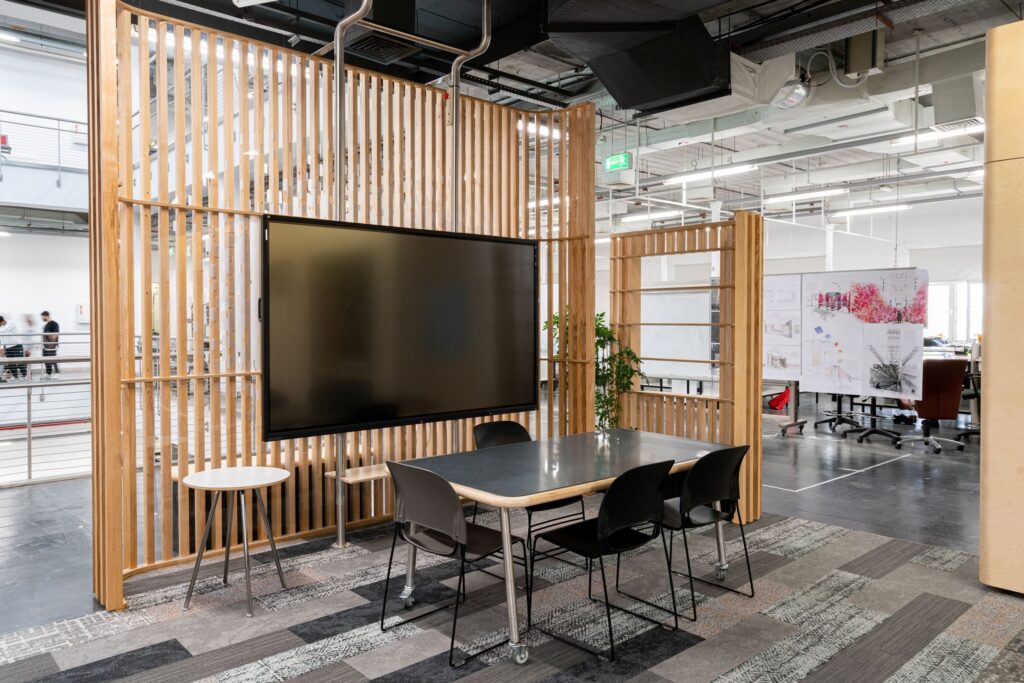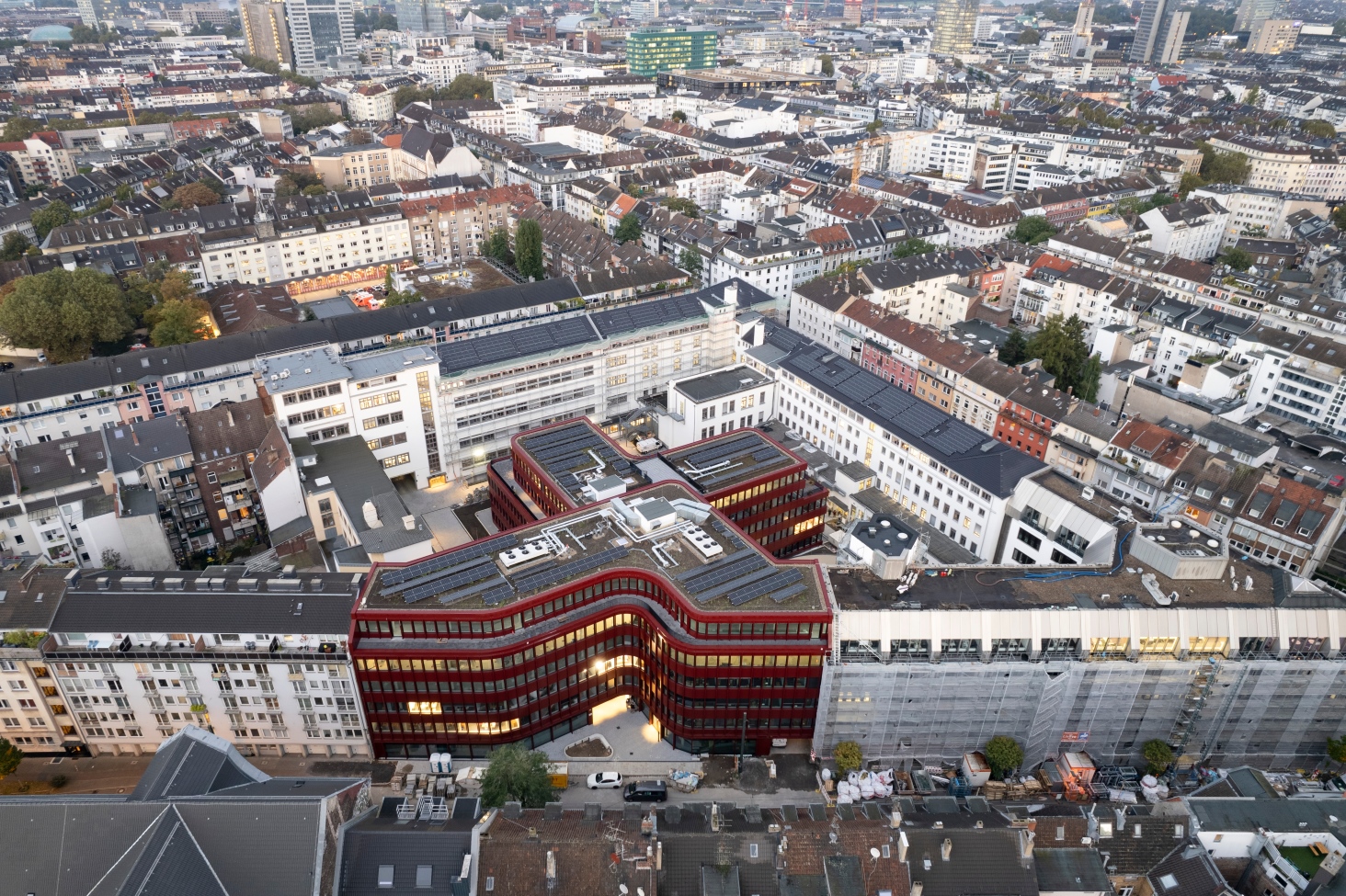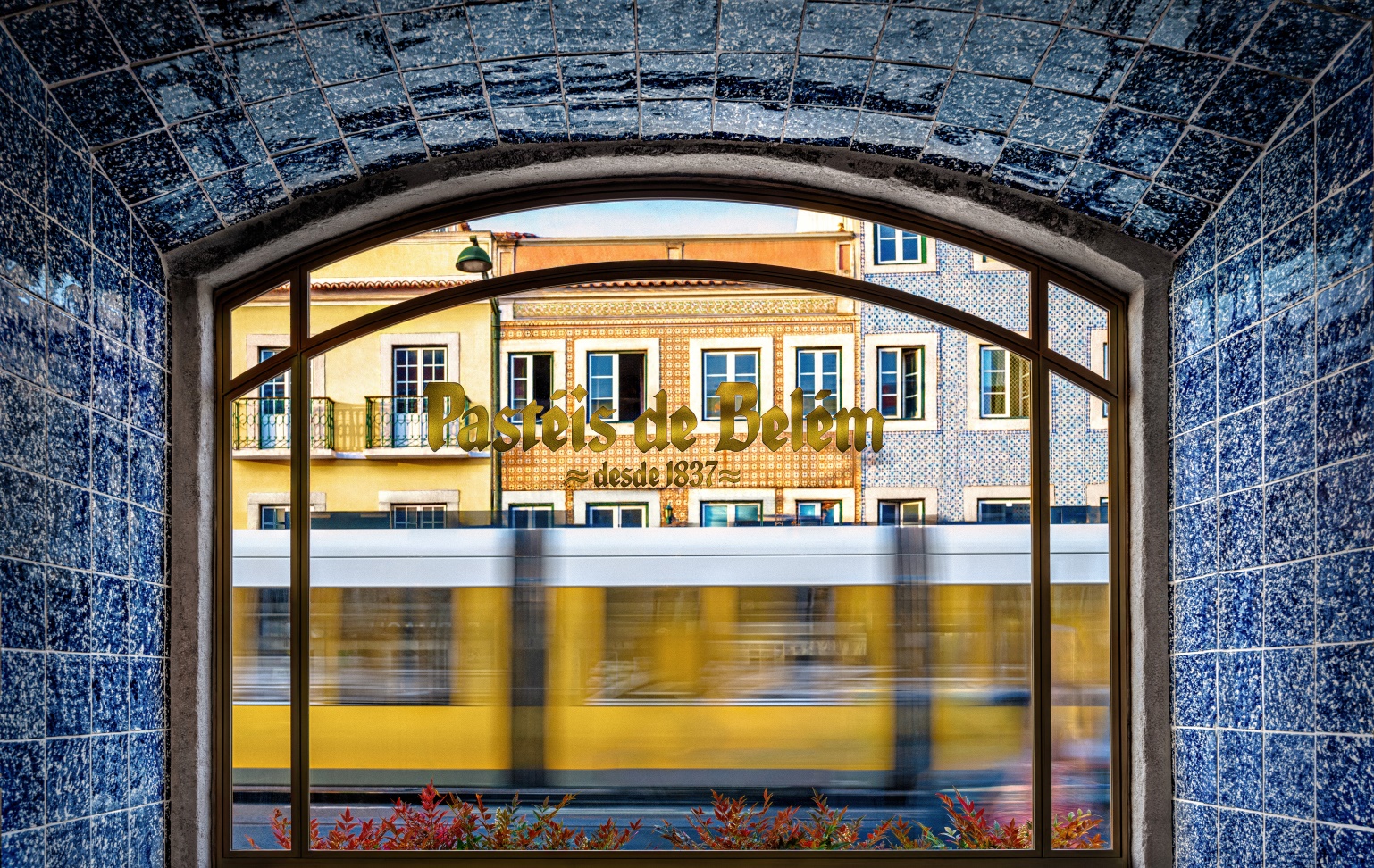Header: Ammar Kalo & Juan Roldan
In the wake of a global pandemic, the return to a conventional studio culture posed significant challenges for design schools worldwide. In response to this challenge, students from the American University of Sharjah, led by student Ammar Kalo, got together and created a studio layout with innovative design solutions.
For over two years, the fourth-year Interior Design students played with the fusion of traditional studio elements and their creativity. The result is a studio that answers any challenge that might arise when designing in a communal space.

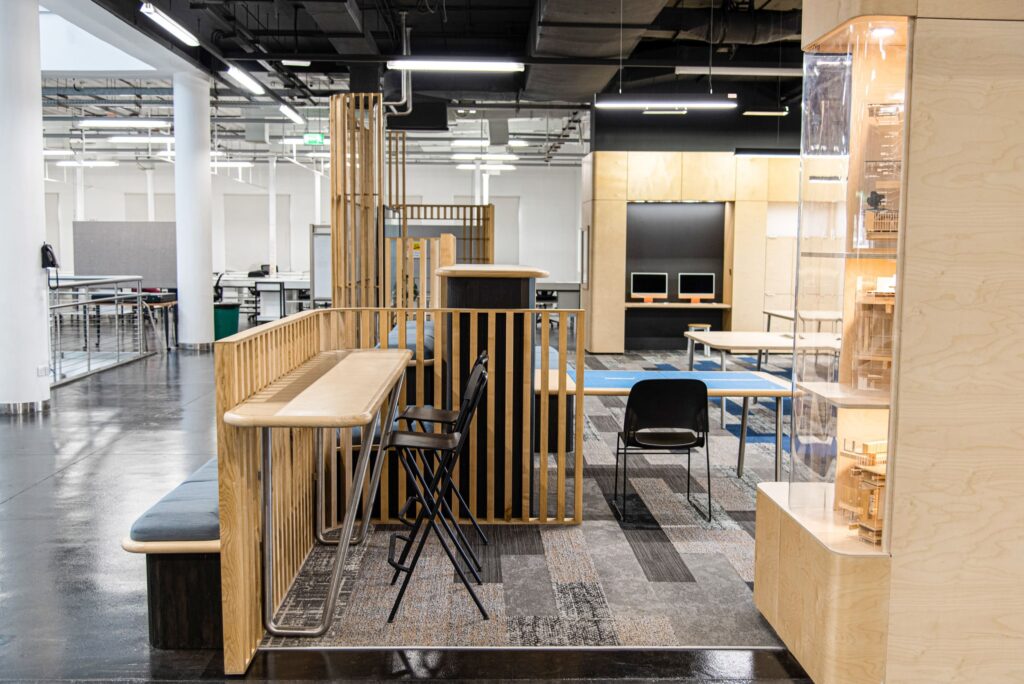
Their improved layout
Large communal tables incentivise collaboration and exchange of ideas, perfect for classes or professional settings. As everyone has their preferences, the studio offers different seating options, while multiple storage options enhance the functionality of the space. These details seem superficial, however, they can make the difference in keeping the creative chaos organized. The students also added a model-making table, which is indispensable to any design studio, further emphasising the importance of craftsmanship – which is food for creativity.
Such a versatile area makes it possible to adapt the space to any situation: review sessions, informal meetings, brainstorming sessions, and many other activities. This open space shapes itself to the needs of the users, perfect for a dynamic class that constantly changes every year.
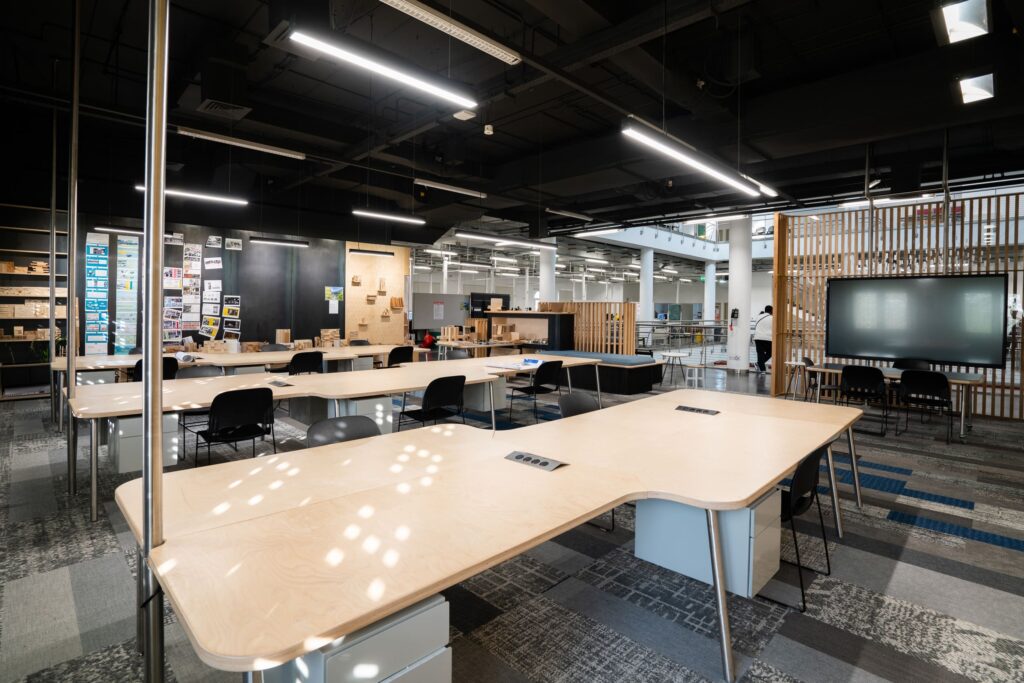
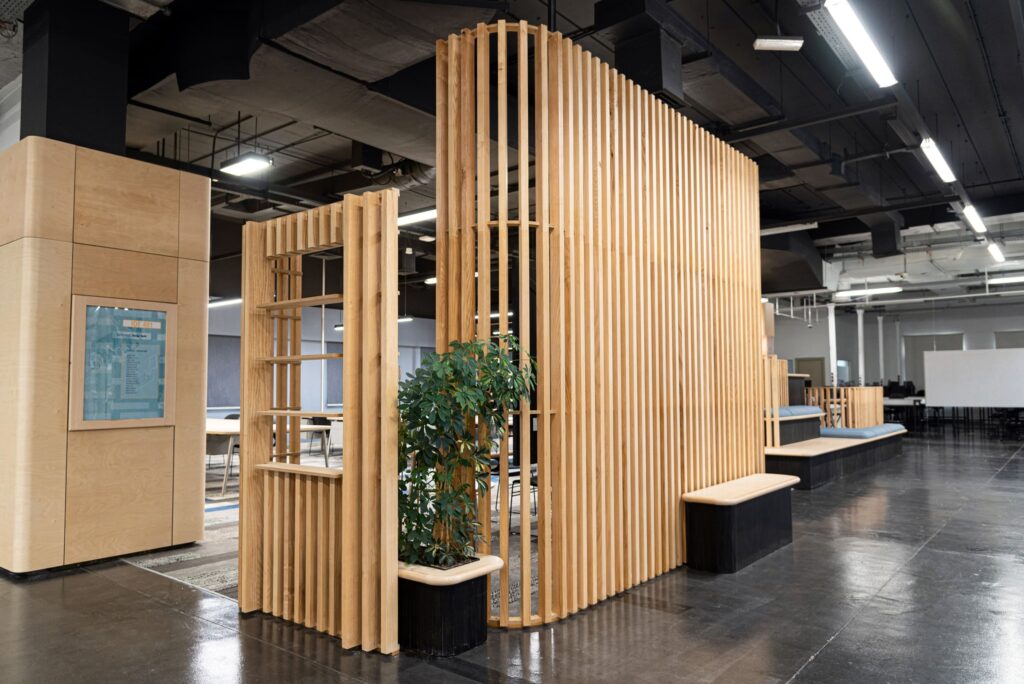
Collaborative innovations
The students decided to distance themselves from the traditional pin-up surfaces, creating an almost paperless space by integrating technologies like digital whiteboards and monitors for cloud computing. This decision shows how conscious the newer generations of designers are of sustainability and modernity, minimizing the studio’s environmental impact while also fostering a more dynamic and interactive workspace. This technological integration is also beneficial to the students, as it prepares them for a field where digital proficiency is crucial.
On another hand, the design of the studio also shows how we as a society have adapted to the post-pandemic world: the space allows for social distancing without missing out on collaboration, a testament to thoughtful and responsive design. This space, made by students for students, influences the same collaboration they experienced while designing their unique project.
